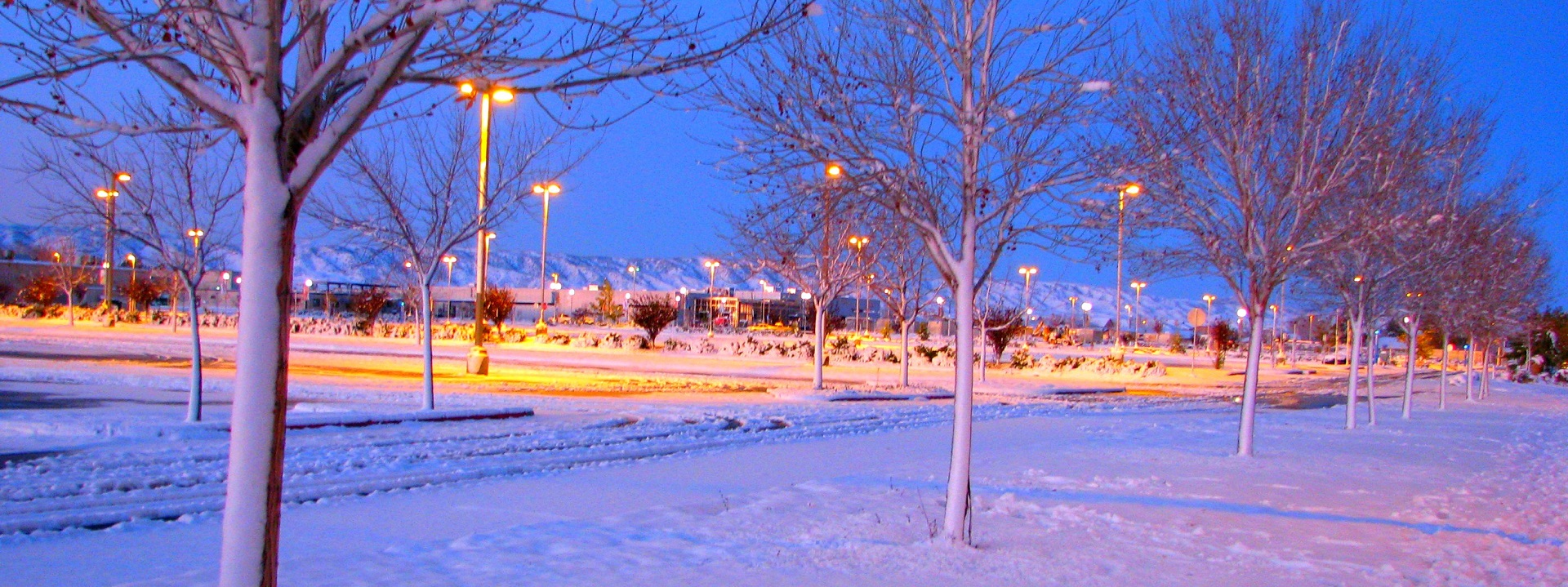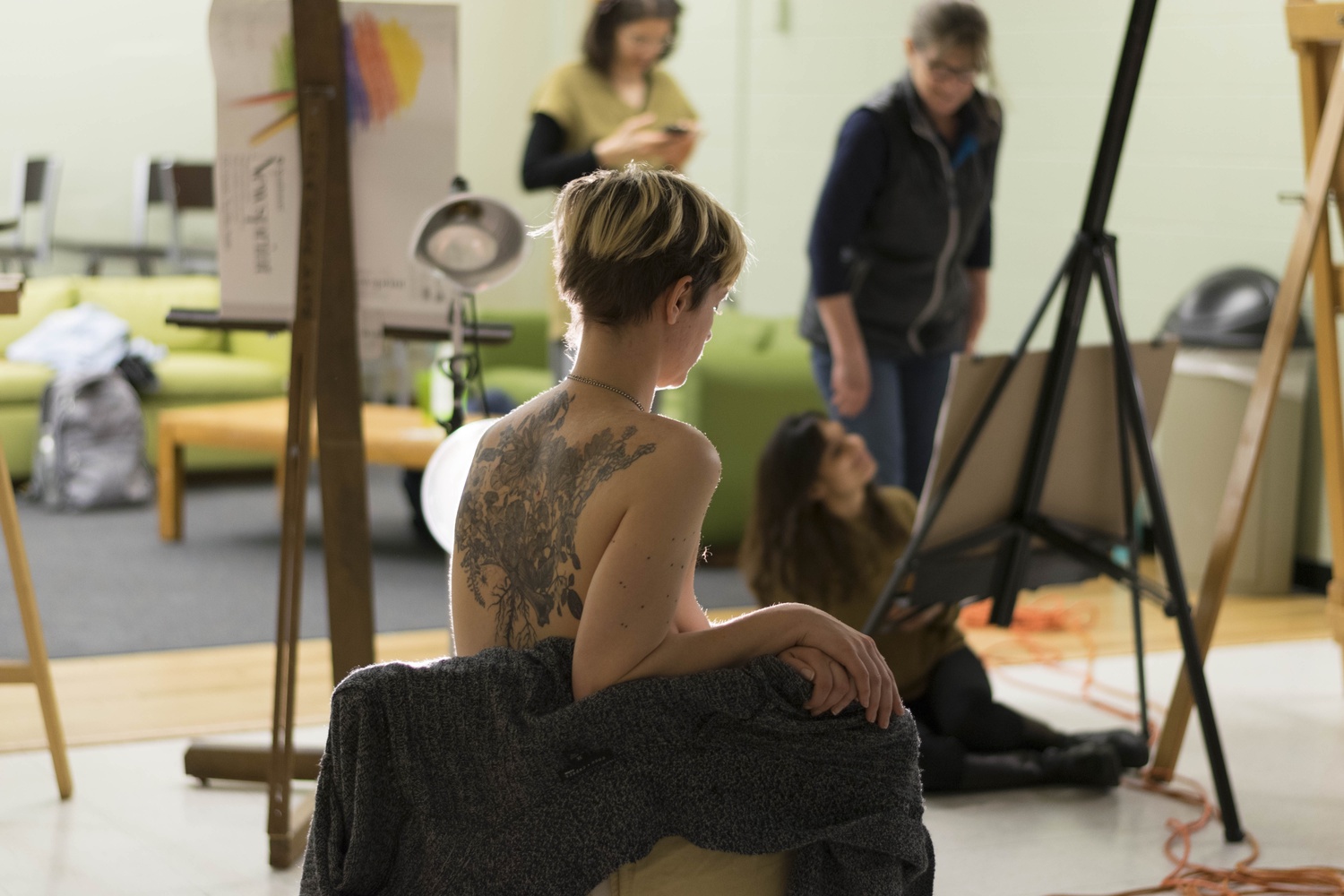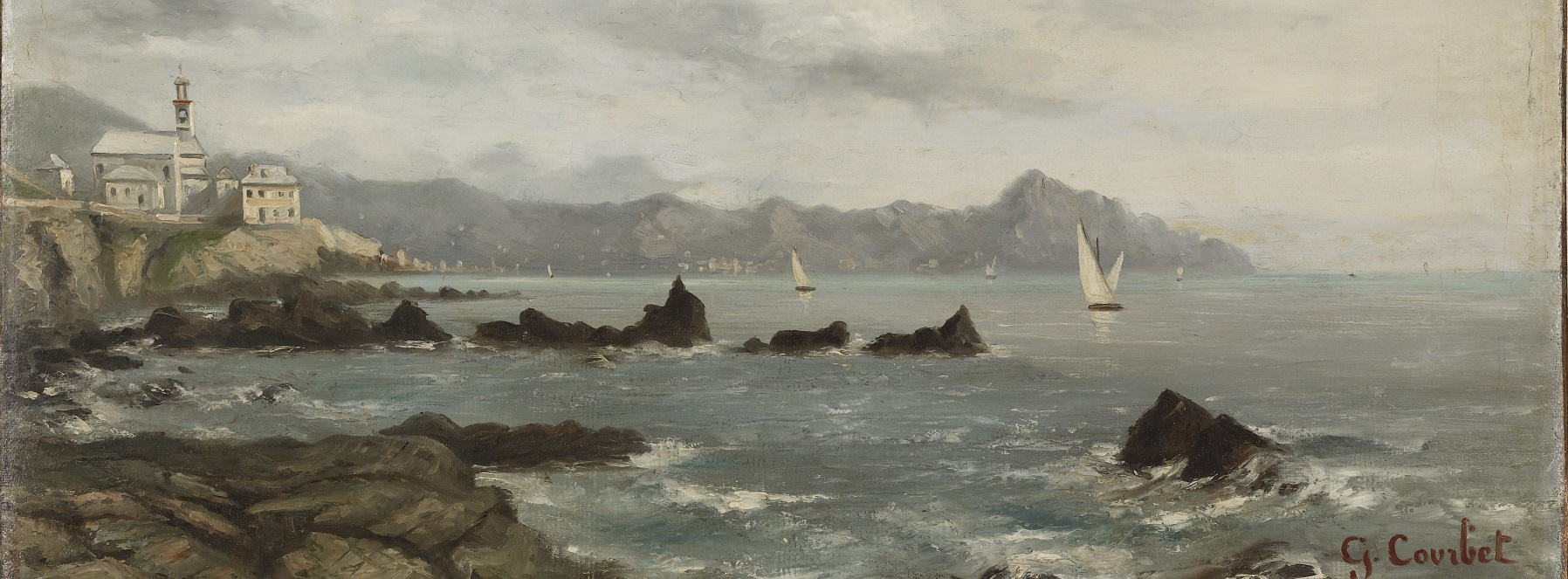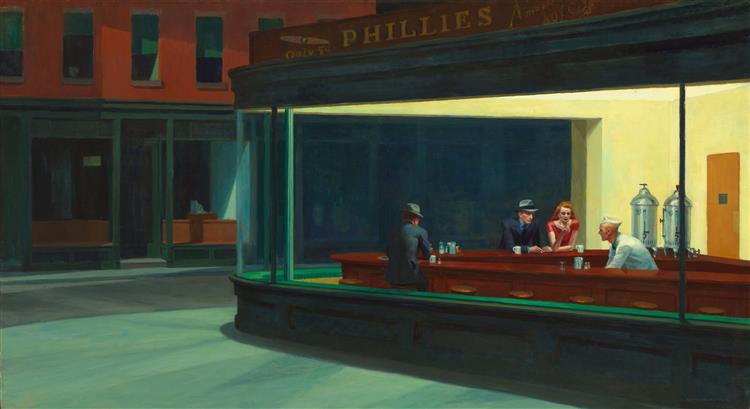Tag Archives: WK29
- Home
- Posts tagged "WK29" (Page 3)

Elettrotecnico Lingua Franca
In our collaboration with the IEEE Education & Healthcare Facilities Committee we are sensitive to the point of view of our research and standards setting colleagues in other nations; among them CEN (European Committee for Standardization) and CENELEC (European Committee for Electrotechnical Standardization) are two standardization organizations in Europe, and they have some similarities and differences.
- CEN develops standards for a wide range of products, services, and processes, including construction, consumer goods, food and agriculture, and many others.
- CENELEC, on the other hand, focuses specifically on electrotechnical standards, including electrical equipment, electronic components, and telecommunications.
Another key difference between CEN and CENELEC is their membership. CEN has members from 34 European countries, including national standardization bodies, industry associations, and consumer organizations. CENELEC has members from 34 European countries as well, but they are limited to national electrotechnical committees, which are responsible for electrotechnical standardization in their respective countries.
Despite their differences, both CEN and CENELEC play important roles in the development and promotion of European standards, and their standards are widely recognized and used across Europe and beyond. Its leadership committees meet this week in Brussels. CLICK HERE to access videolinks.
We had the pleasure to welcome the new CENELEC President Elect Mr Riccardo Lama at our offices, for a moment to engage with the CEN and CENELEC senior management team and the CEN and CENELEC Presidents Mr Stefano Calzolari and Mr Wolfgang Niedziella.@CEInorme @IECStandards pic.twitter.com/ynk9ViWb60
— CEN and CENELEC (@Standards4EU) January 17, 2024
Electropedia: The World’s Online Electrotechnical Vocabulary
Art Studios
2024/2025/2026 ICC CODE DEVELOPMENT SCHEDULE
Last update: September 30 2021
Safety and sustainability for any facility begins with an understanding of who shall occupy the built environment and what they will be doing in it. Since we are guiding young people toward their goal of building things that are useful and beautiful we select the International Building Code as a starting point for an occupancy that requires a more elevated concern for safety than a typical classroom.
2021 International Building Code Section 307 High Hazard Group H
High-hazard occupancies in each of the International Code Council code development groups A, B and C; fetch back to these classifications.
Public input for the 2024 International Building Code will be received until January 8, 2024.
For the purpose of formulating our own proposals we begin with the developmental transcripts of the previous code cycle. Recommended search terms: “Section 307”, “Studio”, “Classroom” “University” will give you a sample of the ideas in play. The complete monograph is linked below:
2021 Group A Complete Proposed Changes Monograph (2306 Pages)
2021 PUBLIC COMMENT HEARING SCHEDULE September 21 – 26, 2021
Webcast: 2021 Group A Public Comment Hearings
Titles in the ICC catalog are relevant to nearly every study unit in our Syllabus. See our CALENDAR for topics and do not be shy about clicking in any business day at 16:00 UTC (11 AM ET).
Issue: [18-166]
Category: Various
Colleagues: Mike Anthony, Marcelo Hirschler, Richard Robben
More
Mount Holyoke University: Safety Guide for Art Studios
Standard Methods of Fire Tests for Flame Propagation of Textiles and Films
IEEE: Textile humidity sensors
Fire at Pratt Institute Destroys Studios and Artwork of Students
Electrical installations and Protection Against Electric Shock
Technical Committee 64 develops the International Electrotechnical Commission consensus product that covers similar territory for the global electrical power industry as NFPA 70 (National Electrical Code). Keep in mind that the safety traditions of the NFPA suite of consensus products are inspired by fire safety considerations. IEC 60363 Electrical installations and protection against electric shock — the parent document that applies to the wiring systems of education and healthcare facilities — was inspired from voltage safety.
The scope of IEC 60364 is reproduced below:
– concerning protection against electric shock arising from equipment, from installations and from systems without limit of voltage,
– for the design, erection foreseeable correct use and verification of all kind of electrical installations at supply voltage up to 1 kV a.c or 1,5 kV d.c., except those installations covered by the following IEC committees: TC 9, TC 18, TC 44, TC 97, TC99
– in co-ordination with TC 99, concerning requirements additional to those of TC 99 for the design, erection and verification of electrical installations of buildings above 1kV up to 35kV.
The object of the standards shall be:
– to lay down requirements for installation and co-ordination of electrical equipment
– to lay down basic safety requirements for protection against electric shock for use by technical committees
– to lay down safety requirements for protection against other hazards arising from the use of electricity
– to give general guidance to IEC member countries that may have need of such requirements
– and to facilitate international exchanges that may be hampered by differences in national regulations.
The standards will not cover individual items of electrical equipment other than their selection for use. Safety Pilot Function: Protection against electric shock.
KUPDF Commentary on 60364 and comparisons with NFPA 70 National Electrical Code
Since neither the USNA National Committee to the IEC (USNA/IEC), nor the US Technical Advisory Administrator (National Electrical Manufacturers Association) has a workspace set up for responding to IEC 60364 calls for public comment, we set one up for ourselves several years ago for education facility and electrical engineering faculty and students:
IEC | USNA IEC Workspace | Updated 12 June 2023
Note that anyone in the world is welcomed to comment upon IEC documents, contingent upon obtaining (free) login credentials. To review the the strike-and-bold you will need login credentials. Alternatively, you may click in to the 4-times monthly teleconferences of the IEEE Education & Healthcare Facilities Committee. See our CALENDAR for the next online meeting.
Colleagues: Mike Anthony, Jim Harvey, Massimo Mittolo, Giuseppe Parise
Pathway Illumination
The Illumination Engineering Society is one of the first names in standards-setting organizations with a catalog routinely referenced in design guidelines and construction projects. Because of the money flow into illumination technologies worldwide the IES occupies a domain that is relatively crowded:
- National Electrical Manufacturers and Medical Imaging Association; whose interest lies in leveling the playing field for about 300 electrical equipment manufacturers
- Institute for Electrical and Electronic Engineers; whose interest lies in the research activity in seeing sciences, the luminescence sources and the power chain
- American Society of Heating and Refrigeration Engineers; whose interest lies in energy conservation
- National Fire Protection Association; whose interest lies in fire safety of lighting systems within building premises.
- International Code Council; whose interest lies in pulling together all of the relevant standards for lighting egress paths of the built environment
- International Electrotechnical Commission; whose interest lies in the administration of global electrical and electronic technologies
- International Commission on Illumination; the international authority on light, illumination, colour, and colour spaces
There are others. With illumination power requirement on a downward trajectory where footcandles can be driven at information & communication technology voltage and current levels; we find relatively new entrants into the market with deep pockets and for good reason. In a typical building, the interior lighting load is the major electrical load (on the order of 40 percent) and a major contributor to the functionality of the building. There are a number of other trade associations that are participants in research and open source standards for faster moving parts of the illumination science. We will cover these in future, related posts.






Last year a new standardization project was launched by the IES. From the project prospectus:
IES LP-2-201x, Designing Quality Lighting for People in Outdoor Environments (new standard)
Project Need: This document is not intended to supersede existing IES application RPs, rather it will link the various documents together, augmenting them in subject areas not otherwise covered, including but not limited to sidewalks, bikepaths, pedestrian paths, parks, outdoor malls, pedestrian-only business districts, plazas, amphitheaters, large outdoor gathering areas, campuses, pedestrian bridges, and pedestrian underpasses.
Stakeholders: Lighting practitioners, electrical engineers, civic planners, civil engineers, architects, community-based planning groups, general public. Lighting recommendations for non-vehicular pedestrian applications using recommendations beyond illuminance only, which ultimately fails to provide a complete guideline for the visual experience of pedestrian-based tasks. The RP will be a comprehensive approach for light levels, glare, adaptation, spectrum, and contrast while addressing safety, timing, and perceived security. Application of these recommendations will ultimately enhance the pedestrian’s visual experience while also respecting the environment.
Soon to be released, a related product covering technical specifics of a familiar battleground — lighting controls:
IES LP-12 Lighting Practice: IoT Connected Lighting
The consultation closed May 24th and the agenda of the committee writing this standard is being administered. Very often technical committees are receptive to new ideas after a comment deadline if those ideas are submitted to a committee member directly. We invite anyone with an interest in this topic to click in to any of our daily colloquia to begin that process.
Not far into the future: individually controlled luminaires responsive to the use of campus pathways. There are already some pilot projects on higher education campuses.
A few other technical committees relevant to educational communities should be identified, though we will sort through the standards setting activity in separate posts:
Edu-Lib-Ofc Lighting Committee
Outdoor Environmental Lighting Committee
Outdoor Public Spaces Committee
Roadway Lighting Committee (Many large research universities own miles of roads)
We always encourage direct participation by space planners, workpoint experts and academic unit facility managers in IES standards development process. Contact: Patricia McGillicuddy, (917) 913-0027, pmcgillicuddy@ies.org. 120 Wall Street, Floor 17, New York, NY.
We coordinate most of our electrotechnology standards advocacy with the IEEE Education & Healthcare Facilities Committee which meets 4 times monthly in European and American time zones. Its meeting agendas and login credentials are available on its website. Since illumination technologies are present in all spaces in education communities, IES consensus products will appear on the standing agenda of most disciplines. See our CALENDAR.
Issue: [19-50]
Category: Electrical, Space Planning
Colleagues: Mike Anthony, Jim Harvey, Kane Howard, Glenn Keates, George Reiher
*We find that when the SSO has heavy manufacturer support, its standards development facility lies in the upper-quality tier.
Control of Noise at Work
The Control of Noise at Work Regulations came into force for all industry sectors in Great Britain on 6 April 2006 (except for the music and entertainment sectors where they came into force on 6 April 2008). The aim of the Noise Regulations is to ensure that workers’ hearing is protected from excessive noise at their place of work, which could cause them to lose their hearing and/or to suffer from tinnitus (permanent ringing in the ears).
The level at which employers must provide hearing protection and hearing protection zones is 85 dB(A) (daily or weekly average exposure) and the level at which employers must assess the risk to workers’ health and provide them with information and training is 80 dB(A). There is also an exposure limit value of 87 dB(A), taking account of any reduction in exposure provided by hearing protection, above which workers must not be exposed.
New update alert! The 2022 update to the Trademark Assignment Dataset is now available online. Find 1.29 million trademark assignments, involving 2.28 million unique trademark properties issued by the USPTO between March 1952 and January 2023: https://t.co/njrDAbSpwB pic.twitter.com/GkAXrHoQ9T
— USPTO (@uspto) July 13, 2023
Standards Michigan Group, LLC
2723 South State Street | Suite 150
Ann Arbor, MI 48104 USA
888-746-3670






















